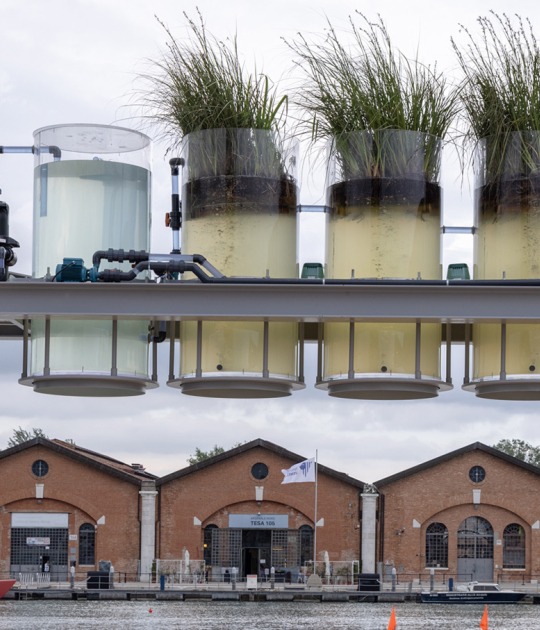This article is proposed as an opportunity to recognize the points of contact between scenography and architecture in the animated film Spirited Away by Studio Ghibli, observing how architecture contributes to the understanding of the universe of this fiction.
I. Studio Ghibli
Studio Ghibli was founded in 1985 in the city of Tokyo, by directors Hayao Miyazaki and Isao Takahata and producer Toshio Suzuki, to make films that talk about pacifism, ecology and combining real characters with fantastic beings and other beings from the mythology of Japanese legends.
"Miyazaki places his narratives in natural and architectural contexts characterized by impressive graphic richness, the complexity of textures, and scrupulous attention to the smallest detail. The studio bases its ideas on real things and environments, but with fantastic skin. Beams and pillars unite fantasy with reality, making the structural details very precise and of great artistic and sentimental value." 3
Dani Cavallaro.
Studio Ghibli films excel in the mastery of technique and strict attention to detail in every scene. No matter how imaginary they are, the worlds of Hayo Miyazaki's movies always feel tactile and realistic. In the film Spirited Away, for example, the wealth of details makes the viewer become part of the reality of the spirit world and feel that they can locate themselves spatially in it.
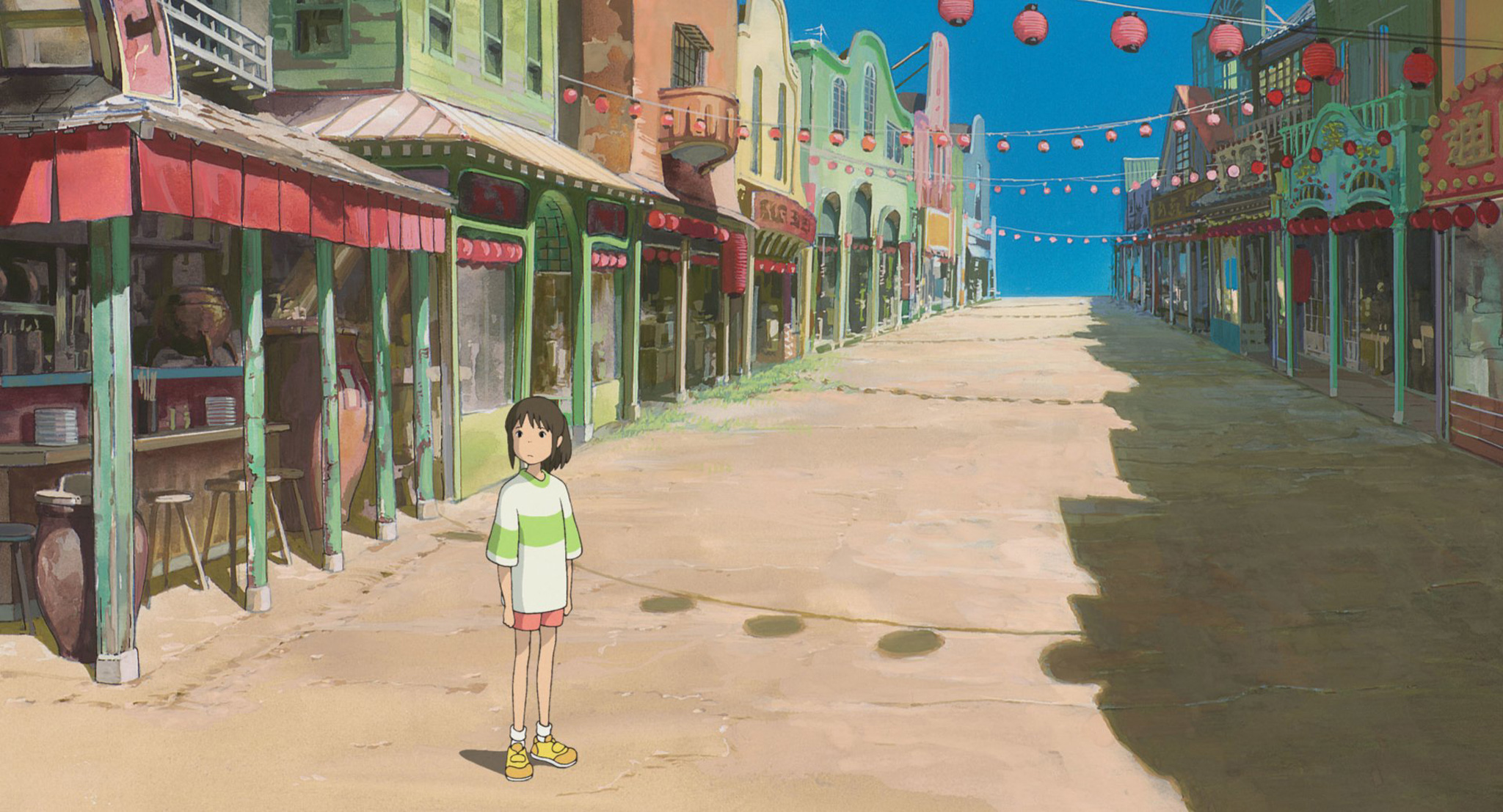

II. Spirited Away
Spirited Away is an animated film by Studio Ghibli, released in 2001. The central theme in Miyazaki's production is the notion of learning to live with a pure heart and mind, as the story describes the character Chihiro, a spoiled girl who later becomes a young woman who acts with genuine sincerity towards others and the world. Miyazaki portrays Chihiro's spiritual transformation in the bathhouse of the witch Yu-Baaba, where she is put to the test, and through her tribulations, she cultivates a pure heart that allows her to return home. 4
In the movie Spirited Away, you can notice different architectural elements, such as the train station through which they reach the spirit world, the village that has a more commercial use, the main bridge, and the bathhouse where Chihiro starts to work.
A significant part of the supernatural city is based on the architecture of Edo-Tokyo Park, located near Studio Ghibli. This is an open-air exhibition of a variety of buildings from the Tokyo area, relocated or rebuilt to preserve the material vestiges of various architectural styles that would otherwise have been completely erased by wars, development, or natural disasters such as earthquakes and tsunamis. Significantly, one of the most remarkable buildings that can be seen in that park is a public bathhouse analogous to the one depicted in Spirited Away. 5


One of the inspirations for the bathhouse of the witch Yu-Baaba is the Dōgo Onsen, a bathhouse located in Matsuyama, northwest of the island of Shikoku, one of the four main islands of the archipelago of Japan. The 3-story wooden structure, built-in 1894, is an important cultural property of Japan and fuses traditional Japanese architecture with the pseudo-western style of the Meiji Period, one of the weaknesses of director Hayao Miyazaki. 6 In the fantastic scenery of the movie Spirited Away, you can see the same elements of the Dōgo Onsen, such as the square dome with giyaman stained glass windows, the labyrinth of corridors, sliding doors, tatami rooms, and narrow and steep stairs.
Another inspiration for the scenery was the historic Meguro Gajoen, a museum and wedding complex located on the eastern edge of Shimomeguro, Tokyo 7. The complex is known as Hyakudan Kaidan or “The Staircase of 100 Steps. The interior of the bathhouse in the movie Spirited Away is inspired by one of the seven rooms at Hyakudan Kaidan, Jippo-no-Ma. The scenery paintings resemble the flower and bird paintings of the four seasons, made by the artist Araki Jippo in the Jippo-no-Ma room. Other elements of the bathhouse are also based on classic Japanese architecture, such as the lush carved wooden pillars and lavish ornate ceilings.
The architecture in Spirited Away is not a matter secondary to the narrative, but an integral part of it. The film has acquired Western influences but has also preserved and reinterpreted traditional Japanese conceptions in new trajectories. Through the scenery, Hayo Miyazaki demonstrates that Japanese cultural values must be preserved and recognized as valuable knowledge on the journey of life.
NOTES.-
1.- Pallasmaa, Juhani. “Habitar”. Barcelona: Gustavo Gili (2016), p. 19.
2.- Marie, Rebecca. “Anime for Architects: A New Perspective on Architecture”. Honolu: University of Hawaii (2012), p. 4.
3.- Cavallaro, Dani. “The Animé Art of Hayao Miyazaki”. Carolina del Norte: McFarland & Company, Inc., Publishers (2006), p. 1.
4.- Boyd, James W. and Nishimura, Tetsuya. “Shinto Perspectives in Miyazaki’s Anime Film Spirited Away”. Journal of Religion & Film (2016), p. 7.
5.- Op.cit (1). p. 137: Cavallaro, Dani (2006).
6.- Ceballos, Noel. “15 años de ‘El viaje de Chihiro’, la obra maestra animada de los 00s”. Nueva York: Revista GQ (2017), p. 11.
7.- Steven T. Brown. “Cinema Anime: Critical Engagements with Japanese Animation”. Londres: Palgrave Macmillan (2008), p. 32.
2.- Marie, Rebecca. “Anime for Architects: A New Perspective on Architecture”. Honolu: University of Hawaii (2012), p. 4.
3.- Cavallaro, Dani. “The Animé Art of Hayao Miyazaki”. Carolina del Norte: McFarland & Company, Inc., Publishers (2006), p. 1.
4.- Boyd, James W. and Nishimura, Tetsuya. “Shinto Perspectives in Miyazaki’s Anime Film Spirited Away”. Journal of Religion & Film (2016), p. 7.
5.- Op.cit (1). p. 137: Cavallaro, Dani (2006).
6.- Ceballos, Noel. “15 años de ‘El viaje de Chihiro’, la obra maestra animada de los 00s”. Nueva York: Revista GQ (2017), p. 11.
7.- Steven T. Brown. “Cinema Anime: Critical Engagements with Japanese Animation”. Londres: Palgrave Macmillan (2008), p. 32.
BIBLIOGRAPHY.-
- Pallasmaa, Juhani. “Habitar”. Barcelona: Gustavo Gili (2016).
- Marie, Rebecca. “Anime for Architects: A New Perspective on Architecture”. Honolu: University of Hawaii (2012).
- Cavallaro, Dani. “The Animé Art of Hayao Miyazaki”. Carolina del Norte: McFarland & Company, Inc., Publishers (2006).
- Boyd, James W. and Nishimura, Tetsuya. “Shinto Perspectives in Miyazaki’s Anime Film Spirited Away”. Journal of Religion & Film (2016).
- Ceballos, Noel. “15 años de ‘El viaje de Chihiro’, la obra maestra animada de los 00s”. Nueva York: Revista GQ (2017).
- Steven T. Brown. “Cinema Anime: Critical Engagements with Japanese Animation”. Londres: Palgrave Macmillan (2008).
- Marie, Rebecca. “Anime for Architects: A New Perspective on Architecture”. Honolu: University of Hawaii (2012).
- Cavallaro, Dani. “The Animé Art of Hayao Miyazaki”. Carolina del Norte: McFarland & Company, Inc., Publishers (2006).
- Boyd, James W. and Nishimura, Tetsuya. “Shinto Perspectives in Miyazaki’s Anime Film Spirited Away”. Journal of Religion & Film (2016).
- Ceballos, Noel. “15 años de ‘El viaje de Chihiro’, la obra maestra animada de los 00s”. Nueva York: Revista GQ (2017).
- Steven T. Brown. “Cinema Anime: Critical Engagements with Japanese Animation”. Londres: Palgrave Macmillan (2008).









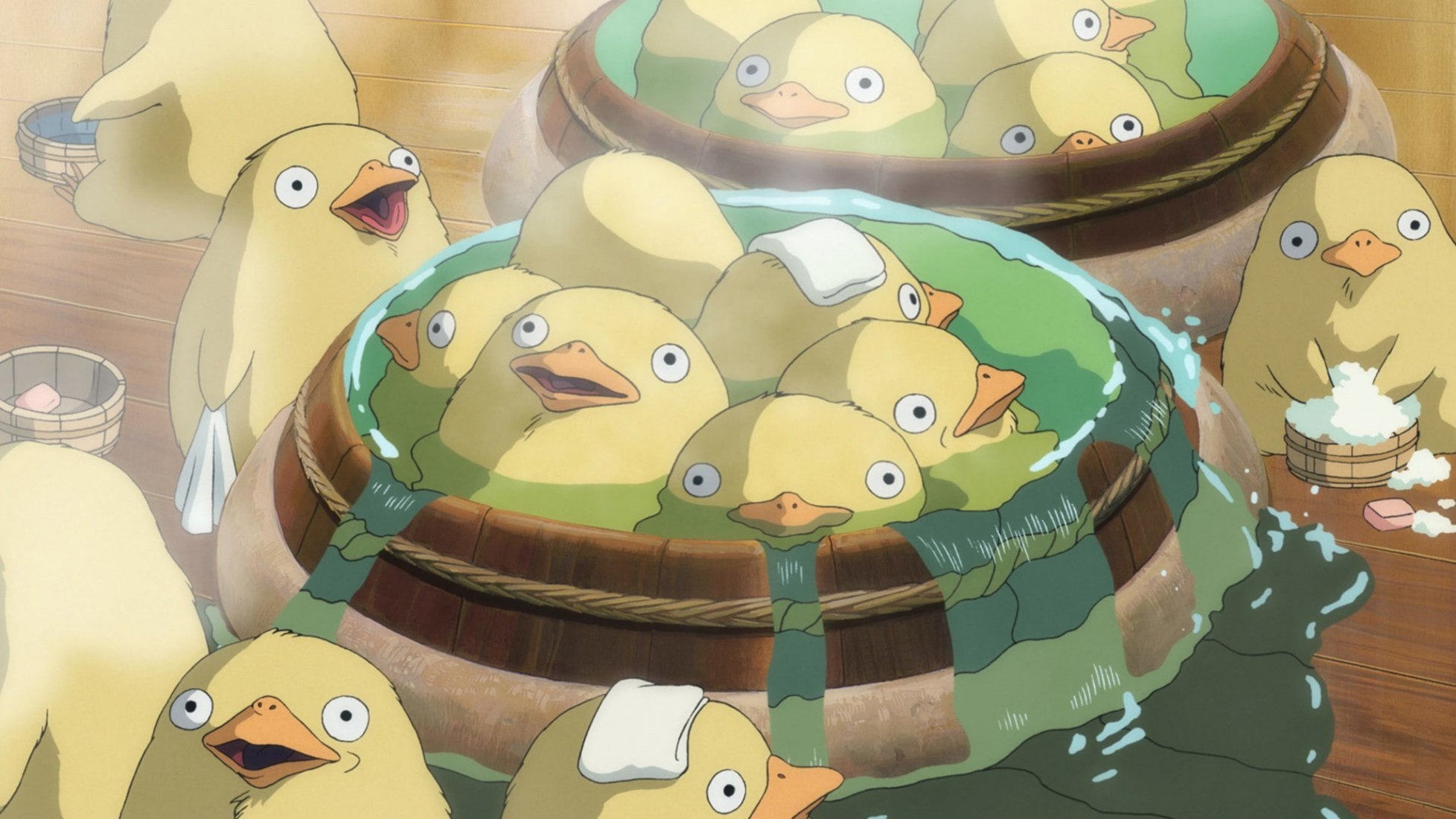







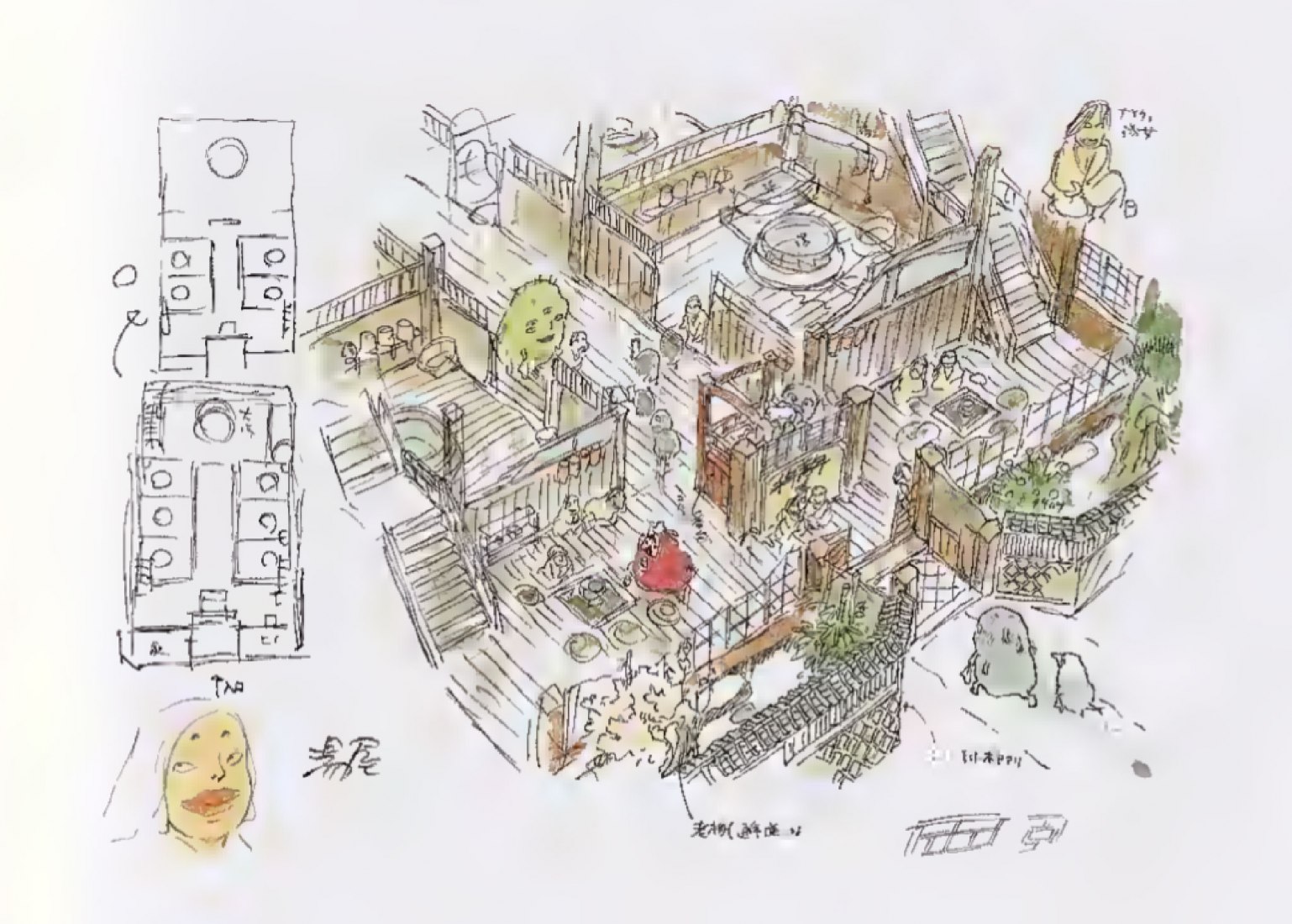


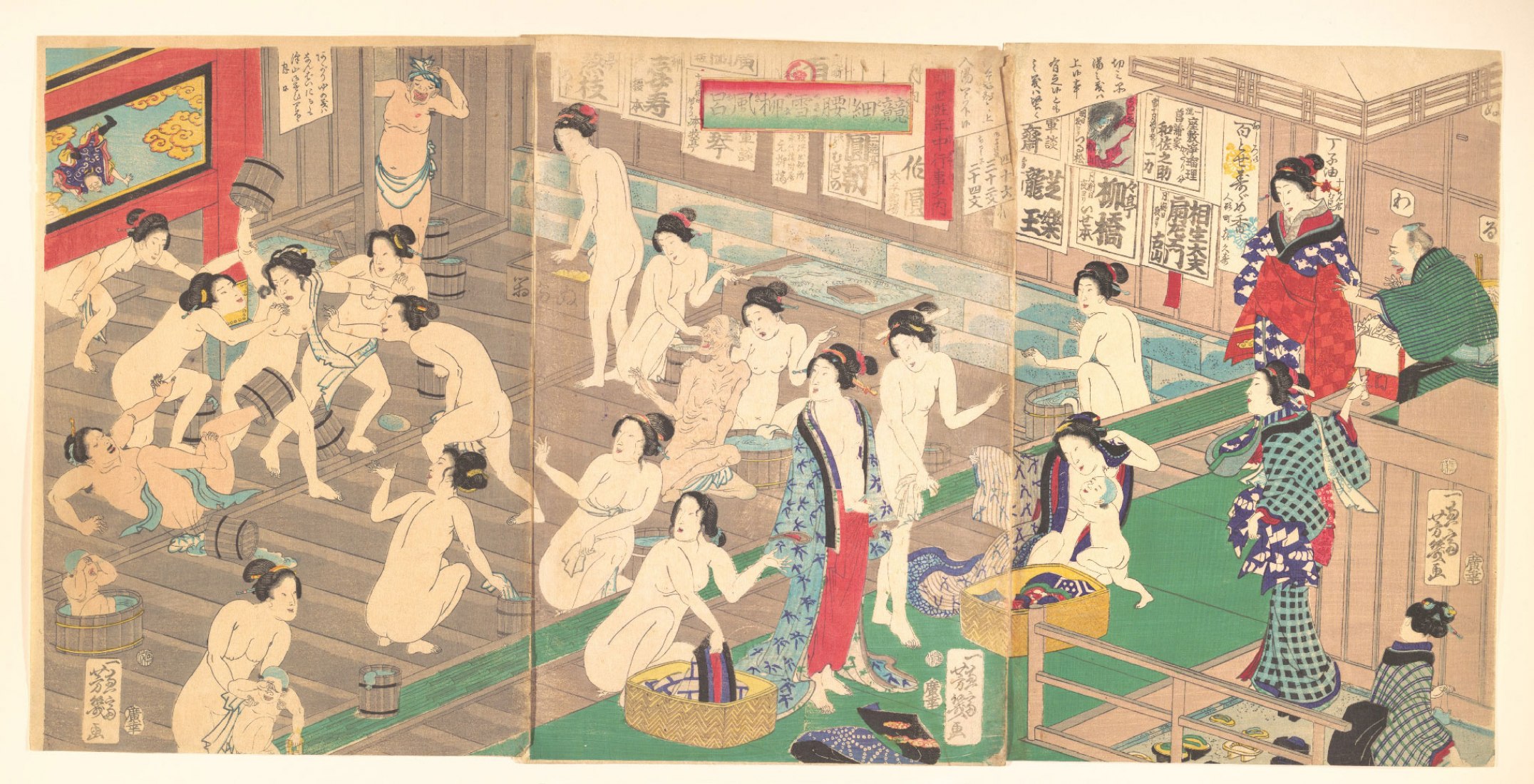

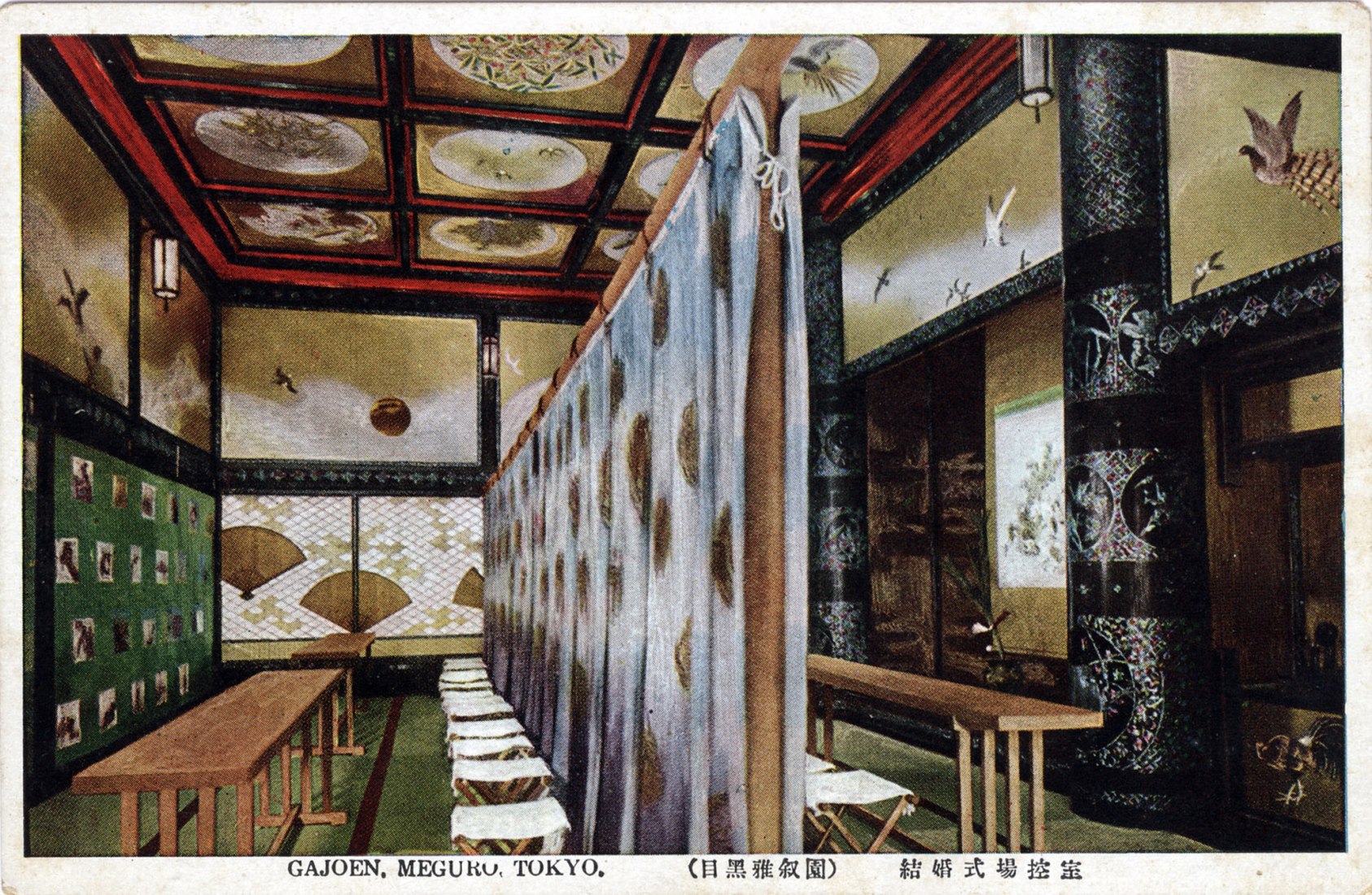









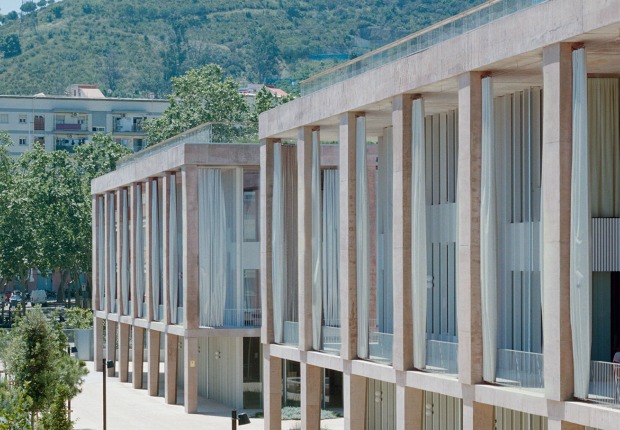
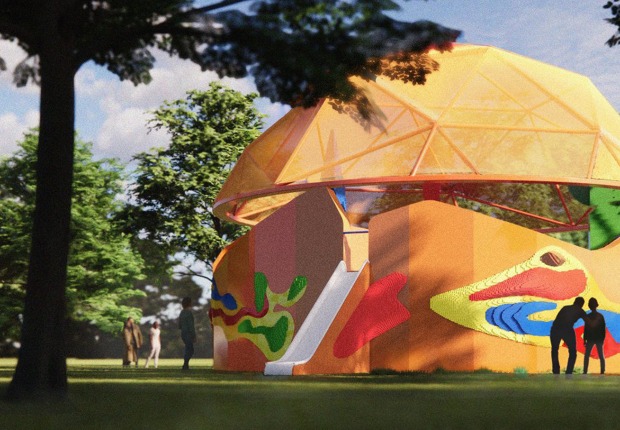



![Friedrich Kiesler, Endless House for Mary Sisler [shattered sketch sheet], New York and Florida, 1961, 21.5 x 33.4 cm, pencil on paper, mounted on cardboard. Courtesy by the Austrian Frederick and Lillian Kiesler Private Foundation, Vienna Friedrich Kiesler, Endless House for Mary Sisler [shattered sketch sheet], New York and Florida, 1961, 21.5 x 33.4 cm, pencil on paper, mounted on cardboard. Courtesy by the Austrian Frederick and Lillian Kiesler Private Foundation, Vienna](/sites/default/files/styles/mopis_home_news_category_slider_desktop/public/2025-05/metalocus_Fundacio%CC%81n-Frederick-Kiesler_03_p.jpg?h=3b4e7bc7&itok=kogQISVW)



